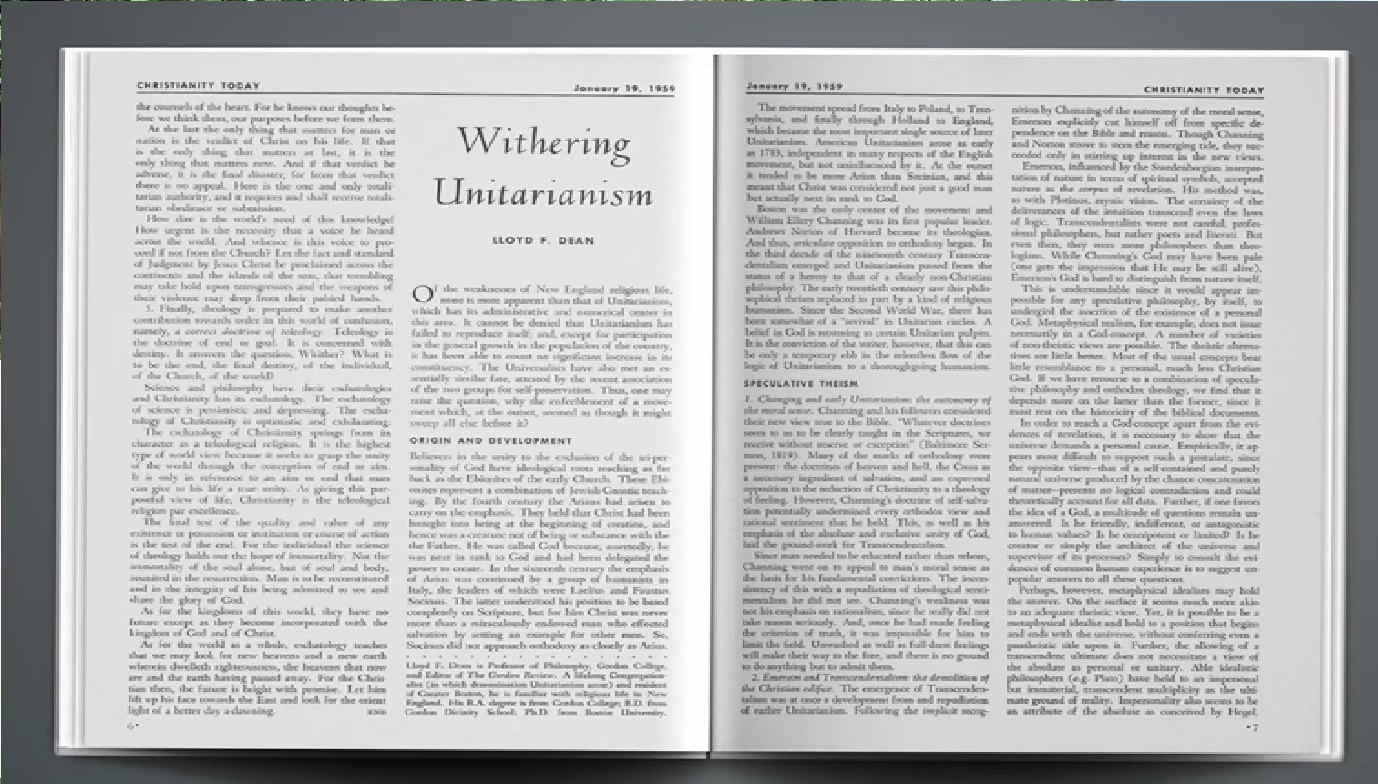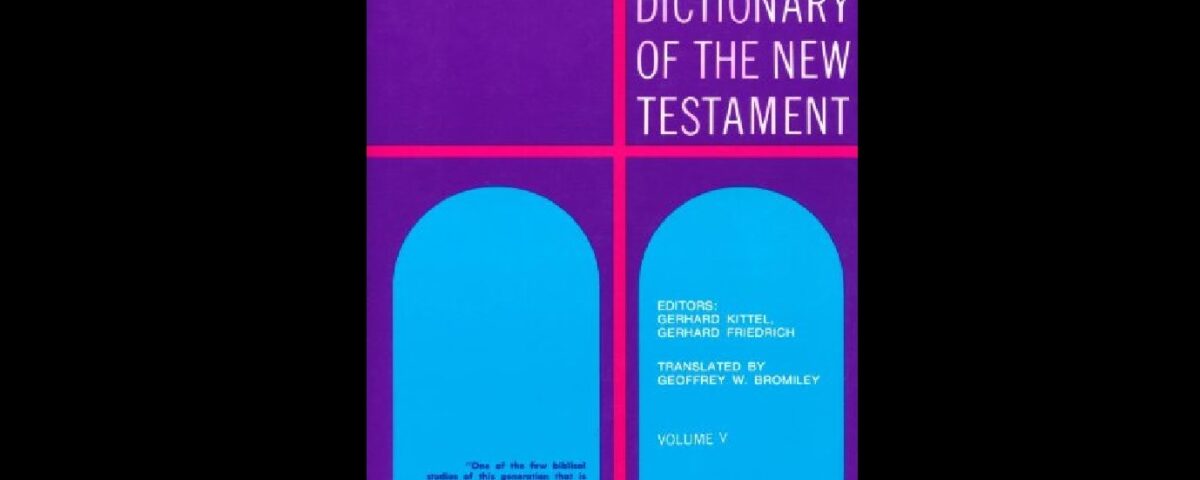
Withering Unitarianism
February 14, 2023
Baptism “in the name of”
February 25, 2023The servant of God: Philippians 2

From the Theological Dictionary of the New Testament vol. 5, pp 711-12.
Already from the pre-Pauline period Jesus is extolled in psalms as the servant of God (Phil 2:6-11; 1 Peter 2:22-25; Luke 2:32; cf. Romans 4:25). The link between Phil. 2:6-11 and Is. 53 is apparent once it is realized that, whereas the hymn follows the LXX in v. 10f., in 6-9 it makes use of a christological terminology drawn from Is. 53 HT. Even the use of doulos rather than pais in 2:7 is less jarring if viewed as a direct rendering of the Heb. “servant” (Is. 52:13).
The decisive proof of the thesis that the Christology of Phil. 2:6-9 is rooted in Is. 53 HT lies in the fact that the expression “emptied himself” (Phil. 2:7), which is not attested elsewhere in Gk. and is grammatically extremely harsh, is an exact translation of “his soul…he poured out” (Is. 53:12). [Footnote 445]
Furthermore, we are referred to Isaiah 53 by other verbal echoes, the contrast between humiliation and exaltation, the willingness to be humbled, and the mention of obedience unto death. The hymn to Christ in 1 Peter 2:22-25 almost seems to be a short summary of Isaiah 53. It shows how completely Jesus was viewed as the suffering servant. The song of Simeon in Luke 2:29-32 takes up Isaiah 49:6 and refers this servant saying to Jesus.
Finally, Isaiah 53 plays a considerable role in primitive Christian exhortation and the literature of martyrdom (Mark 10:45: unselfishness, Phil. 2:5-11; innocent and voluntary suffering, 1 Pet. 2:21-25). The martyr especially is a perfect imitator of the servant of God, Ignatius Ephesians 10:3; Eusebius History Church 5.1,23; 5.2,2.
“Footnote 445: Recognized by H. Wheeler Robinson, “The Cross of the Servant,” in The Cross in the Old Testament, 1955, p. 57, 104ff; also C.H. Dodd, JTS 39, 1938, p. 292; According to the Scriptures, 1952, p. 93; J.A.T. Robinson, The Body (Studies in Biblical Theology 5), 1952, p. 14, note 1. The Hebrew verb meaning “to lay bare, expose” or “to pour out” in the LXX and Hexapla versions usually render it by “emptying” LXX Gen. 24:20; 2 Chron. 24:11; Ps. 137:7. In 3 instances the LXX prefers a free rendering, viz. Isa. 32:15 and in 2 places which mention a “pouring out of life” Isa. 53:12. The use of Isa 53.12 shows that the expression [he emptied himself] implies the surrender of life, not the kenosis of the incarnation….
To say that “emptying himself” cannot take up Isa. 53:12 because Phil. 2:7a does not yet speak of Jesus’ death is begging the question. It can in fact be shown that the hymn consists of 3 four-line stanzas (v. 6-7a, 7b-8, 9-11), the first 2 of which run parallel in form and substance. Thus, far from precluding our interpretation of Phil. 2:7a, the very structure of the hymn suggests that this clause refers to Jesus’ death as well as v. 8b.
